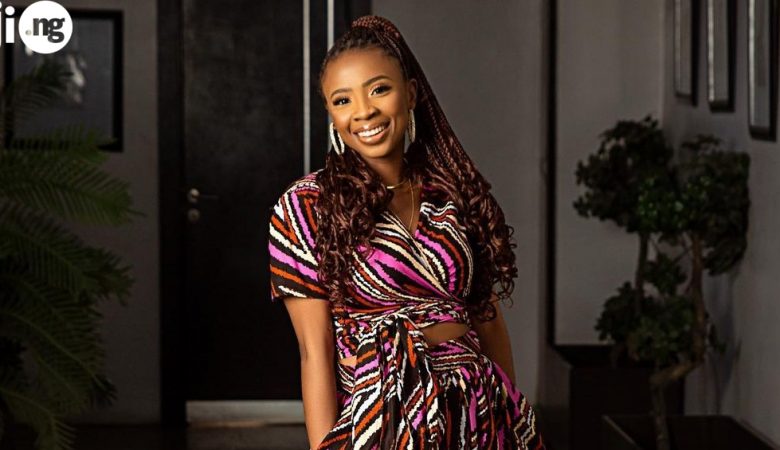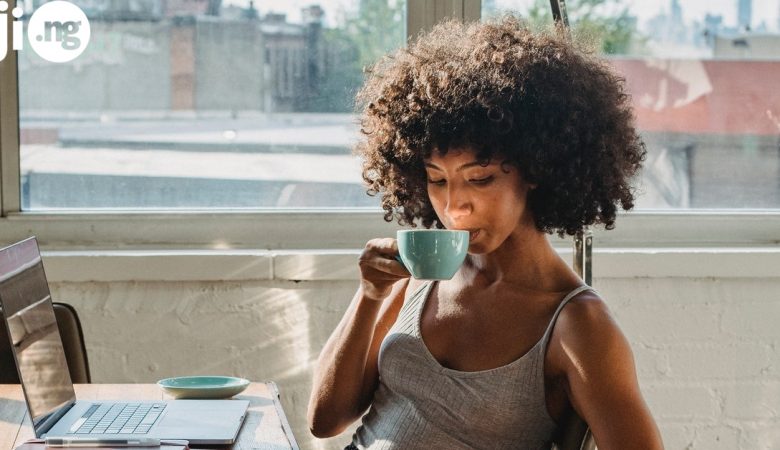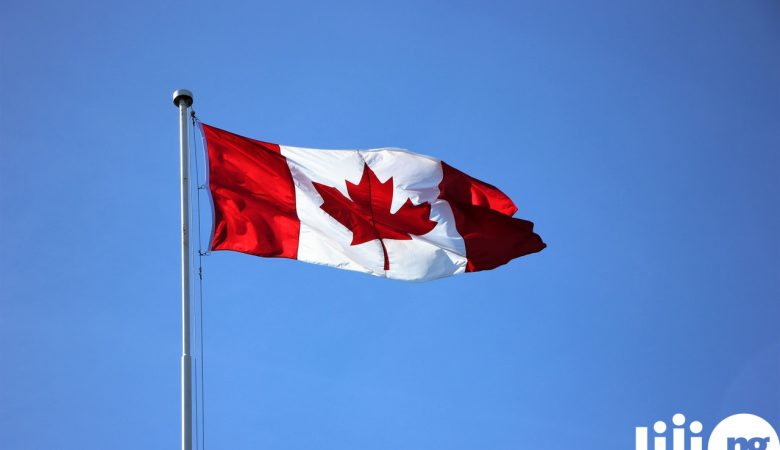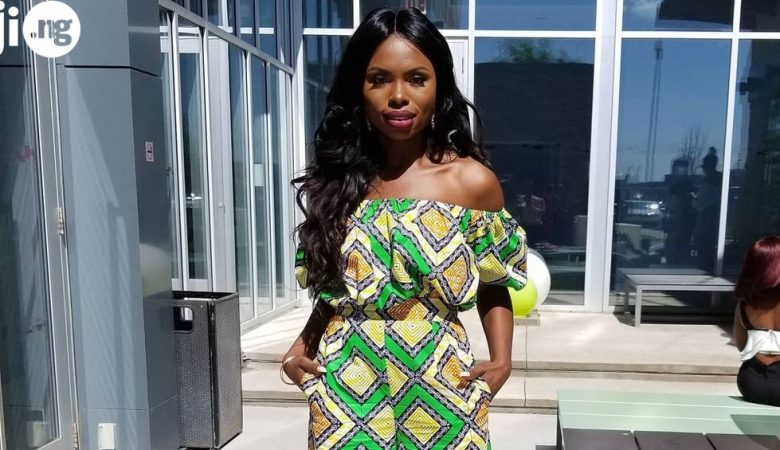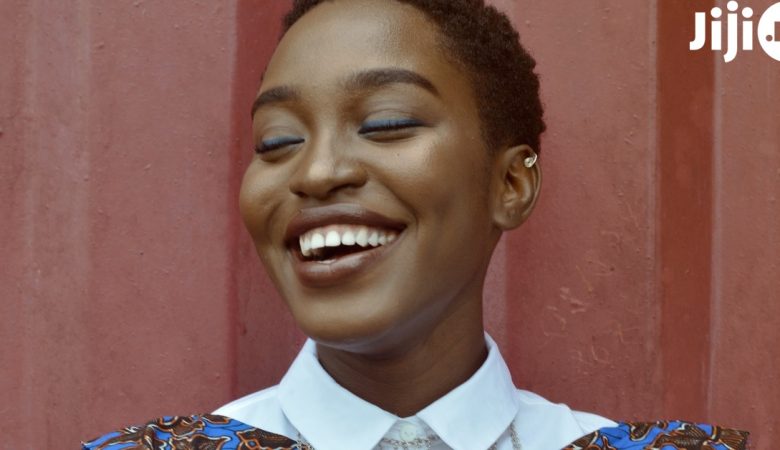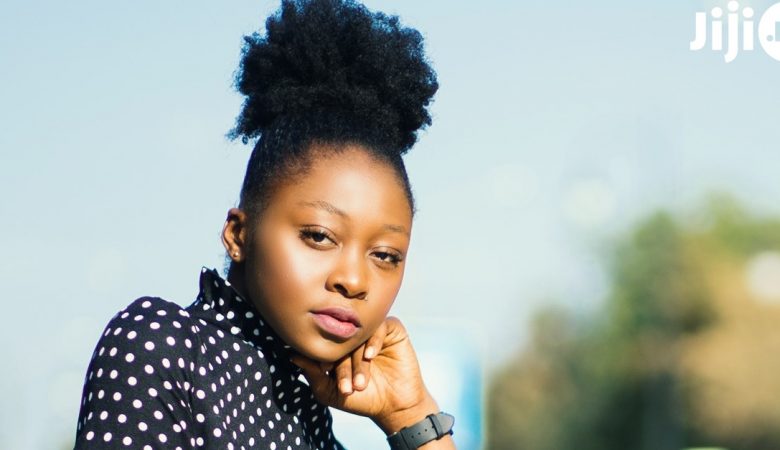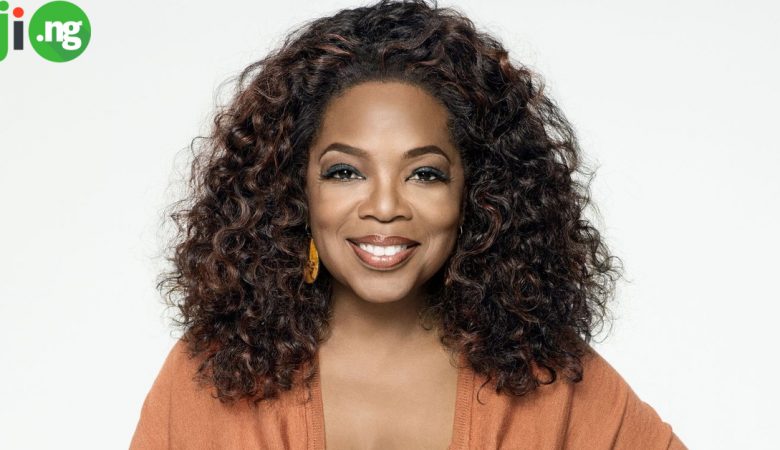Knowing which outfits to choose for any situation is a vital skill that will help you succeed in your career and life. However, not everyone knows how to make an impression in a professional environment, which is why many ambitious workers lose many lucrative opportunities simply because they haven’t thought their appearance through. With our help you will never wear a wrong outfit to work again and will look professional every day of your thriving career.
Buy the trendiest clothes on Jiji
How formal is your workplace?
While many workplaces prefer to impose a dress code on their employees, which may make it easier to dress right, in most cases workers have to figure out what to wear on their own. The best way to decide which clothes fit in your workplace is to watch what others are wearing and determining how high-profile your job is. Generally, most professional outfits can be divided into Formal Business and Business Casual groups.
- Formal Business attire is mostly used for high-profile jobs and can be often seen on executives, government officials, lawyers, and other workplaces where you’re expected to be seen by visitors and other employees at all times. Formal Business for mean means dark suits, matching dress shirts, and ties, as well as pocket squares and dress shoes. Formal Business for women includes suits with skirts, tights, and shoes with closed toes.
- Business Casual may feel a lot like Formal Business, but in reality Business Casual is its less formal cousin. The main rule of Business Casual is that workers are not required to wear suits, but it doesn’t mean that you can show up to work wearing jeans and a distressed T-shirt. Under Business Casual men are expected to wear dress pants or khakis, accompanied by a sweater, polo shirt, or collared shirt, and dress shoes. Women should go for dress pants or skirts paired with sweaters and collared shirts. Smart dresses are also welcomed in Business Casual looks.
Special events
Numerous workplaces prefer not to have strict clothing rules for everyday environment, but special events are the time when workers are expected to put their best things on. Typically, high-profile corporate events are held under the Black Tie dress code, which has specific requirements both for men and women. Men need to wear a tuxedo with a white dress shirt, a black bowtie, and a waistcoat, with black dress shoes as their footwear. Women should go for an ankle- or calf-length gown, preferably sleeveless, with evening shoes. Gloves and a wrap are the best ways to enhance a Black Tie look.
Consider your office culture
In this day and age, many companies try to stay away from the strict clothing standards and give their workers more freedom in creating their looks. If you’re starting a new job, keep in mind that every particular workplace may encourage their employees to dress beyond the few standard definitions of corporate dress code. For example, in an artistic workplace, like a newspaper office or a design agency, various business looks may look surprising to other workers, who are used to wearing clothes that reflect their personalities rather than job positions. You can always take notes of how the employees are expected to dress in each workplace when you first come to an office for a job interview.




